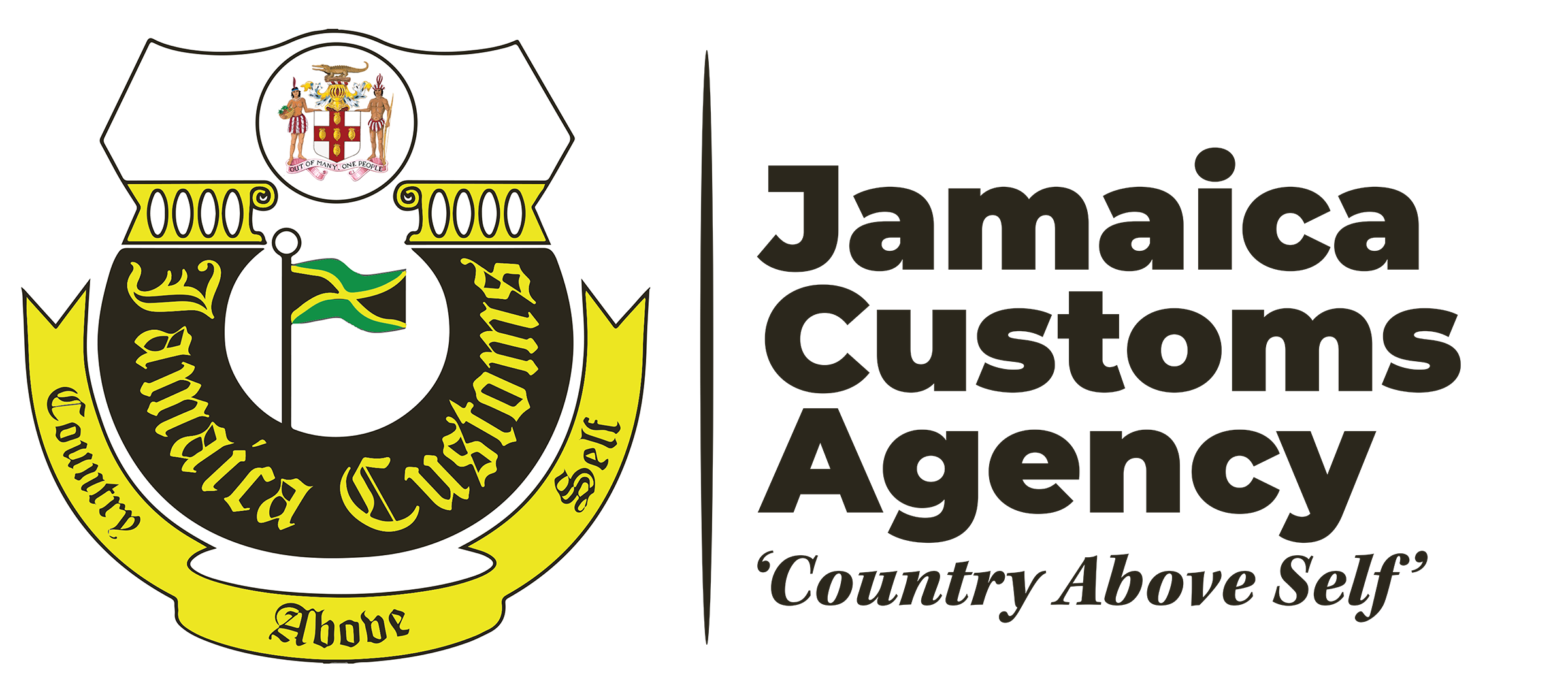The International and Industry Liaison Unit plays a pivotal role within the Jamaica Customs Agency in its thrust to facilitate trade. The unit has oversight responsibility for:
- Reviewing, implementing and disseminating relevant trade, tax and policy information
- Maintaining the tariff and trade databases
- Building capacity through training and sensitization for both internal and external stakeholders.
Free Trade Agreements assist Jamaican importers and exporters by providing improved access for goods and/or services in contracting states, and by reducing trade barriers in those markets. Among other things, FTAs:
- Grant preferential tariff rates for originating goods traded among contracting parties;
- Establish the rules by which goods can qualify as originating;
- Outline Customs procedures for accessing preferential tariff rates;
- Set out the general principles for customs procedures among the contracting parties of an Agreement
Practical Guidance to Using FTAs:
- Determine the proper tariff classification for the goods
- Consult specific FTA to ascertain if products of that tariff heading are eligible for preferential access
- Consult specific FTA to find out the rules of origin relevant to the specific goods to be traded
- Ensure that you meet the direct consignment rule
- Ensure that you have and maintain correct and complete documentation for the goods
In order to benefit under an FTA:
- The trader must present a valid, original certificate of origin for the goods seeking preferential access when submitting the relevant import declaration;
- The goods must also have been directly consigned from the relevant exporting contracting party to Jamaica.
Process for Determining Eligibility for Preferential Trade:
- Classify Commodity – In determining eligibility for preferential market access, the first step should be to properly classify the preference-seeking commodity. Proper tariff classification should be done in accordance with the World Customs Organization’s (WCO) Harmonized Commodity Description and Coding System (HS).
- Identify the Relevant Trade Agreement – Market access eligibility of a commodity is determined by the specific FTA which covers the trading process. Each agreement is unique as it relates to the commodity in question, so the specific FTA must be consulted in order to make the determination.
- Determine Tariff Treatment – Once the relevant trade agreement is identified, the classified commodity will be used to determine if preferential market access is covered under the specific agreement. Each FTA is structured uniquely and must be consulted to determine eligibility. Some FTAs may take the approach to list tariff lines that will attract Most Favourable Nations (MFN) rates, while others will list tariff lines that are eligible for duty-free treatment.
Determining Proof of Origin
Determining Proof of Origin is dependent on the applicable rules of origin used in a particular FTA. Each FTA will outline the specific origin criteria that are required to determine the origin of the particular commodity. Proof of Origin is often satisfied through the submission of documentary evidence to Customs in the form of a Certificate of Origin, evidence of direct consignment e.g. Bill of Lading, and all other supporting documents such as the invoice.
Rules of Origin – All FTAs define their general rules of origin and identify their product specific rules of origin which relate to goods comprising non-originating materials. These rules have to be satisfied to fulfill the origin criteria for the specific FTA.
Direct Consignment/Transport – is a condition that has to be satisfied in order to obtain preferential market access. The importer should provide proof that the goods have been directly transported or consigned from the exporting country to the preference granting country. If goods have been transshipped, activities should be limited to the loading and offloading of goods or operations to preserve the condition of the goods, and should remain under Customs Control.
Documentary Evidence – must be presented to Customs when seeking preferential market access and consists of documents which attest to the fulfillment of the origin criteria.
Certificate of Origin – This is a declaration duly signed by the competent authority in the country of export attesting to the origin of the preference-seeking goods. This serves as the proof of origin and validates the origin status of the commodity being traded under the specific FTA. The certificate of origin must be valid, submitted in original and be stamped and signed by the designated authority of the issuing country.
Bill of Lading – shows the movement of goods from exporting country to importing country and can be used as evidence of direct transport/consignment.


